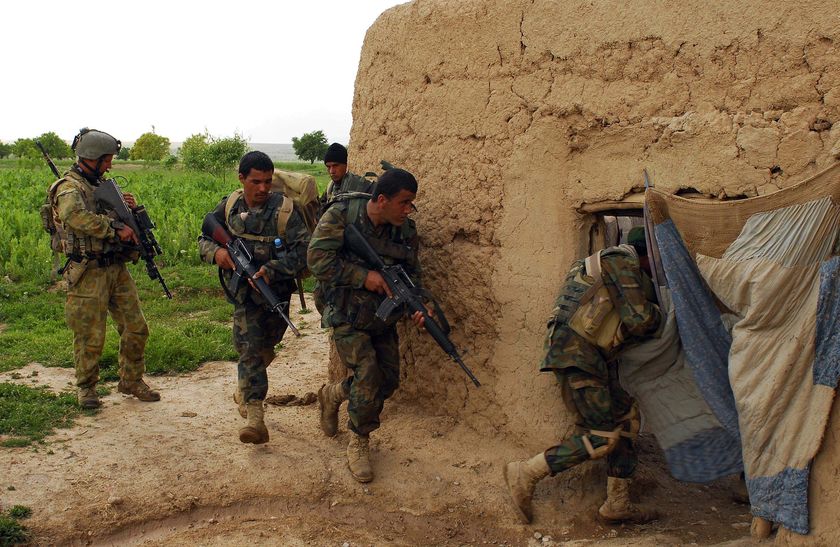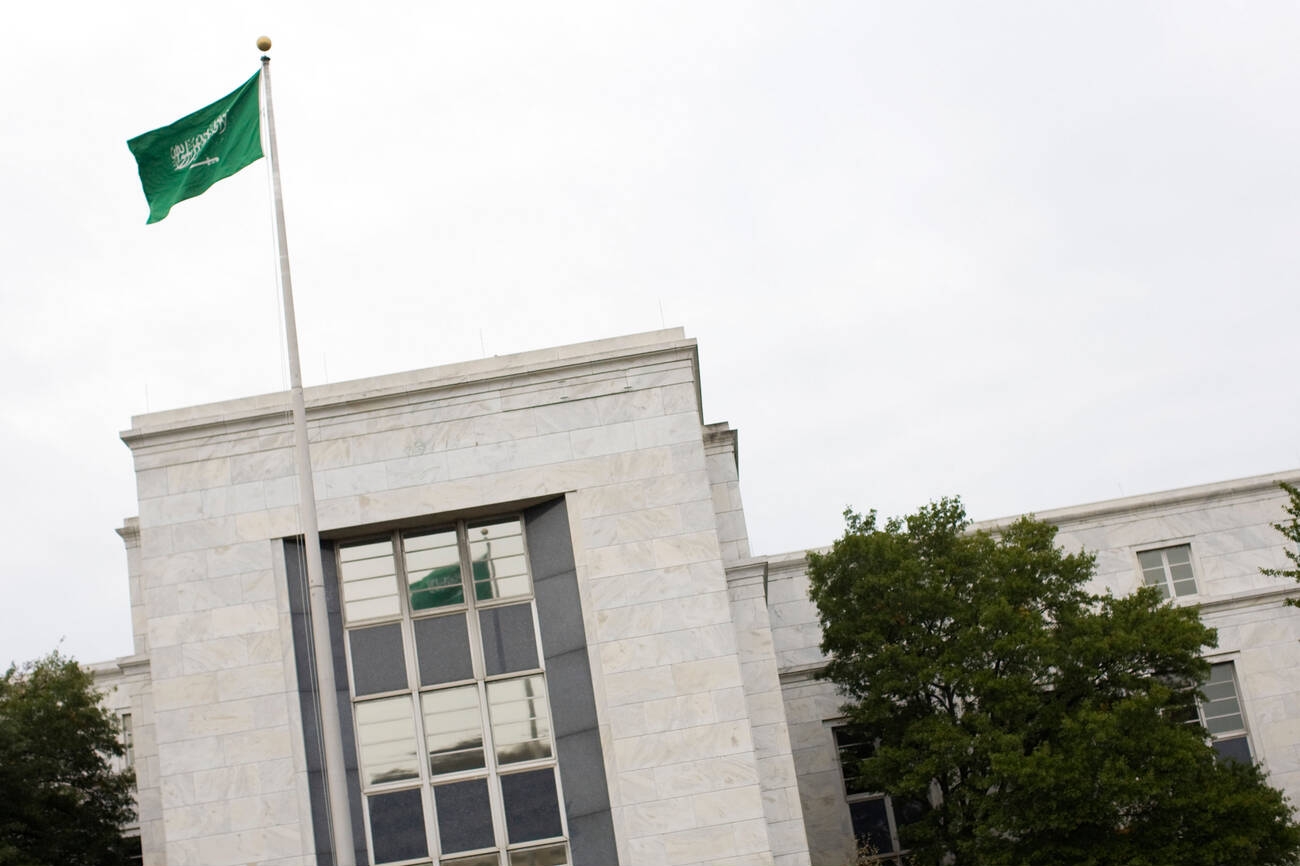The Australian military had admitted that its forces may have committed war crimes during their deployment to the US-led war in Afghanistan and then tried to cover it up.
A four-year survey by Australian Defense Force Inspector-General Paul Brereton released in November revealed that some of the 25,000 troops the country deployed to Afghanistan between 2005 and 2016 unlawfully killed Afghan citizens and tried to cover it up.
Australia’s presence in the war made the headlines in February 2009, when the troops invaded a house in Uruzgan province and killed six members of a family.
Back then, the government in Melbourne sought legal action against the commandos involved but dropped all of the charges later on.
The inquiry found that while some of the unlawful killing cases were “unsubstantiated,” there are evidence that suggest Australian forces were involved in instances of war crime during their deployment on the NATO mission.
“The Inquiry has found that there is credible information of 23 incidents in which one or more non-combatants or persons hors-de-combat were unlawfully killed by or at the direction of members of the Special Operations Task Group in circumstances which, if accepted by a jury, would be the war crime of murder,” the report wrote, adding that the soldiers also crulley treated two other people in separate incidents.

According to the report, at least 39 civilians were killed in the potential war crime cases.
The inquiry noted that a total of 25 special forces personnel perpetrated the war crimes “some of them on a single occasion and a few on multiple
occasions.”
“None of these are incidents of disputable decisions made under pressure in the heat of battle,” it said.
“The cases in which it has been found that there is credible information of a war crime are ones in
which it was or should have been plain that the person killed was a non-combatant, or hors-de-combat.”
Some Australian forces also stand accused of carrying “throwsowns” or foreign weapons that they would put next to the bodies of their victims to make it look like they were armed and dangerous, the report stated.
Apparently, the soldiers first used this “site exploitation” technique as a way to avoid scrutiny when they killed unarmed combatants who attacked them.
“But it evolved to be used for the purpose of concealing deliberate unlawful killings,” the inquiry found.
Australian Defense Force Chief General Angus Campbell gave an apology while presenting the report in November.
“These findings allege the most serious breaches of military conduct and professional values,” he said.
However, a mere apology doesn’t seem to be enough in terms of compensation for the kind of pain that the Afghan victims and their families were put through.
Unless it decides to step up and take action against those involved and change the internal rules that govern such matters, the Australian military will be viewed in the same light as its American and British counterparts who have also admitted to committing widespread atrocities in Afghanistan but refused to hold the perpetrators responsible.


















